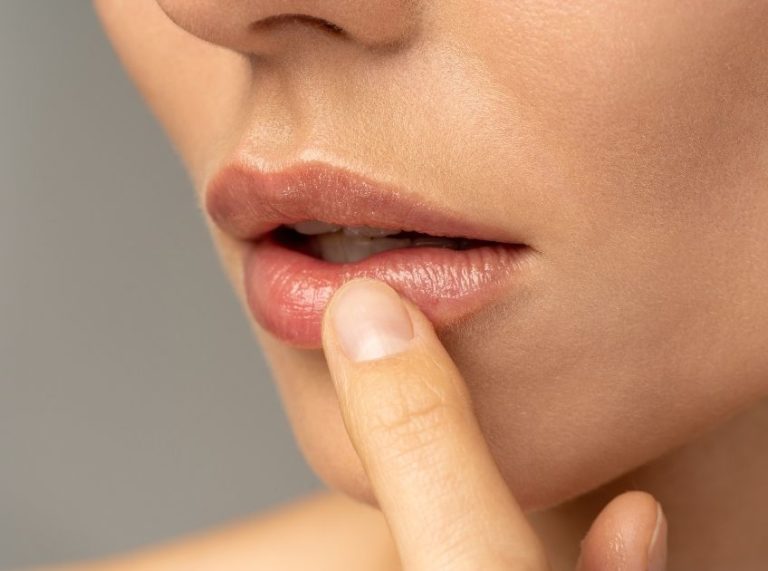
Important: This article is for informational purposes only. Please read our full disclaimer for more details.
Struggling to fall asleep or wake up feeling groggy? You’re not alone. With screen time, caffeine, and constant distractions, good sleep hygiene is harder than ever. That’s where the 10-3-2-1-0 rule comes in—a simple, science-supported formula to help you optimize your nighttime routine and sleep better consistently.
The 10-3-2-1-0 Sleep Rule: A Step-by-Step Breakdown
This sleep strategy breaks down what to avoid or adjust at specific time intervals before bed. Each number represents a rule that targets common sleep disruptors. Let’s explore what each step means—and why it works.
10 Hours Before Bed: No More Caffeine
Caffeine has a half-life of about 5–6 hours, meaning it can stay in your system and affect sleep long after your last sip.
According to research published in the Journal of Clinical Sleep Medicine (2013), consuming caffeine even 6 hours before bedtime can significantly reduce sleep quality and delay sleep onset (1).
What to do
- Avoid coffee, energy drinks, soda, and even some dark chocolates.
- Switch to herbal teas or decaf after lunchtime.
3 Hours Before Bed: Stop Eating Heavy Meals
Eating large or rich meals close to bedtime can disrupt your digestion and reduce sleep quality. Acid reflux, bloating, or a spike in insulin can all interfere with falling into deep, restful sleep.
A study in Nutrients (2019) found that late-night eating increases the risk of fragmented sleep, especially in people with acid reflux or metabolic issues (2).
What to do
- Eat dinner at least 3 hours before bedtime.
- Keep it light and balanced—think lean protein, veggies, and healthy fats.
2 Hours Before Bed: No More Work or Stressful Activities
Engaging in emails, planning, or anything mentally stimulating right before bed keeps your brain in “on” mode. This activates your sympathetic nervous system (stress response), making it hard to wind down.
A 2016 study in Sleep Health emphasized the impact of pre-bedtime cognitive activity on delayed sleep latency (3).
What to do
- Stop working at least 2 hours before sleep.
- Replace it with a calming routine: reading, journaling, stretching, or listening to soft music.
1 Hour Before Bed: Screens Off
Blue light from phones, TVs, and computers suppresses melatonin, the hormone that signals your body it’s time to sleep.
The Harvard Health Letter warns that even short bursts of blue light exposure in the evening can delay melatonin release and disturb circadian rhythm (4).
What to do
- Turn off all screens an hour before bed.
- Use dim, warm lighting and blue light filters if needed.
- Try a screen-free activity like reading a physical book.
0: The Number of Times You Should Hit Snooze
Hitting snooze might feel like you’re getting extra rest, but it fragments your sleep and leaves you groggier. It also disrupts your body’s natural waking process.
Sleep researchers agree: when your alarm goes off, it’s best to get up rather than slip into another unproductive 9-minute snooze cycle (5).
What to do
- Place your alarm across the room to force yourself to get up.
- Try waking at the same time every day to reset your internal clock.
Bonus Tips for Better Sleep Hygiene: Build a Bedtime Routine That Works
A good night’s sleep starts with more than just lying in bed—it requires consistent habits that support your body’s natural rhythms. Beyond the 10-3-2-1-0 rule, here are expert-approved tips that can significantly improve your sleep quality.
1. Stick to a Consistent Sleep Schedule
Your body has a built-in 24-hour internal clock known as the circadian rhythm. Going to bed and waking up at the same time—even on weekends—helps regulate this cycle.
- Try to go to bed and wake up within the same 30-minute window daily.
Pro Tip: Set a recurring “wind-down” reminder 30–60 minutes before bed to start transitioning.
2. Create a Cool, Dark, and Quiet Environment
Temperature, lighting, and noise all influence sleep. The ideal sleep environment should be cool (60–67°F), dark, and quiet.
- Avoid sleeping with bright overhead lights or devices that emit light (phones, TVs).
Pro Tip: Invest in breathable bedding and a quality pillow to support spinal alignment and comfort.
3. Exercise Regularly—but Time It Right
Physical activity can improve sleep quality and reduce insomnia, especially when done early in the day or at least 3 hours before bed.
- Late-night vigorous workouts, however, can raise your core body temperature and delay melatonin release.
Pro Tip: Aim for at least 30 minutes of walking, yoga, or light cardio most days.
4. Limit Alcohol and Heavy Dinners in the Evening
Though alcohol may make you drowsy at first, it disrupts REM sleep—the most restorative phase—leading to fragmented sleep and early waking.
- Avoid spicy, greasy, or sugary foods after 7 p.m., as they may trigger reflux or blood sugar spikes.
Pro Tip: Opt for light snacks like a banana, almonds, or herbal teas if you’re a little hungry before bed.
5. Wind Down with a Mindful Routine
A relaxing bedtime routine signals to your brain it’s time to transition into rest mode. This helps lower cortisol (stress hormone) and promotes melatonin production.
- Calming activities like journaling, guided meditation, deep breathing, or reading print books can be effective.
- Avoid mentally stimulating tasks or emotional conversations before bed.
Pro Tip: Use a lavender-scented diffuser or calming sleep music to enhance your relaxation ritual.
Frequently Asked Questions (FAQ’S)
1. Is the 10-3-2-1-0 rule suitable for everyone?
A. Yes, it’s a general guideline that works for most people. However, shift workers or those with medical sleep disorders may need a more tailored approach.
2. How long does it take for this routine to improve sleep?
A. Most people see improvements within 5–7 days of consistent practice. The key is maintaining the routine over time.
3. Can I adjust the hours slightly to fit my schedule?
A. Absolutely. The idea is to follow the spacing logic. You can shift it earlier or later based on your sleep and wake times.
Final Thoughts: Sleep Better by Building Better Habits
The 10-3-2-1-0 rule isn’t just another sleep hack—it’s a powerful, habit-based approach to resetting your sleep hygiene and improving rest naturally. By cutting out key disruptors and creating a calming pre-bed routine, you’re setting your body and brain up for deep, restorative sleep.
Ready to ditch the snooze button and finally sleep better? Try the 10-3-2-1-0 method for a week—you might be surprised how much changes.















